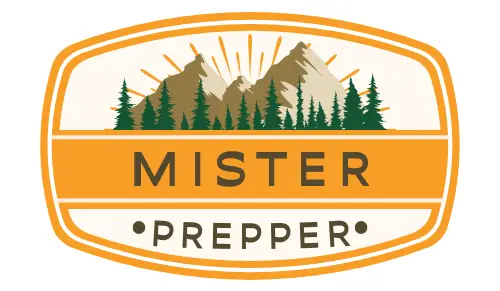Crafting And Using Traditional Bow And Arrows For Survival
Have you ever wanted to learn how to make and use traditional bow and arrows for survival in the wild? In this detailed guide, we will walk you through the process of crafting these essential tools and using them effectively to hunt for food and protect yourself in the wilderness.
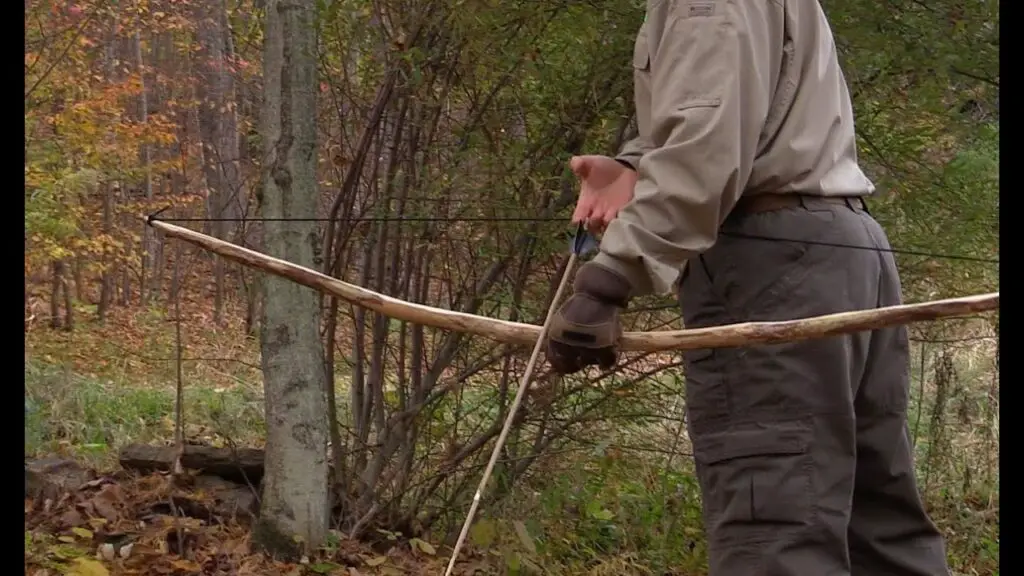
The History of Traditional Bow and Arrows
The traditional bow and arrows have been used for hunting and warfare by cultures around the world for thousands of years. They are an essential tool for survival in the wild, providing a way to hunt for food and protect oneself from predators. Understanding the history of these tools can give you a deeper appreciation for their importance in survival situations.
Crafting Your Traditional Bow
Crafting a traditional bow requires skill and patience, but with the right knowledge and tools, you can create a reliable weapon for hunting and self-defense. You will need to select the right type of wood for your bow, such as hickory or yew, and carve it into the correct shape and size. The process can be time-consuming, but the end result will be worth the effort.
Selecting the Right Wood for Your Bow
When crafting a traditional bow, it is essential to choose the right type of wood to ensure its durability and effectiveness. Hickory and yew are popular choices for traditional bow-making due to their flexibility and strength. These woods can withstand the tension of the bowstring and provide the necessary power to propel arrows with accuracy.
Carving Your Bow to the Correct Shape and Size
To create a functional traditional bow, you will need to carve the wood into the correct shape and size. The bow should be designed to have a slight curve when unstrung, allowing it to flex and release energy when the bowstring is drawn back. Pay close attention to the dimensions of the bow to ensure that it is balanced and powerful enough to shoot arrows effectively.
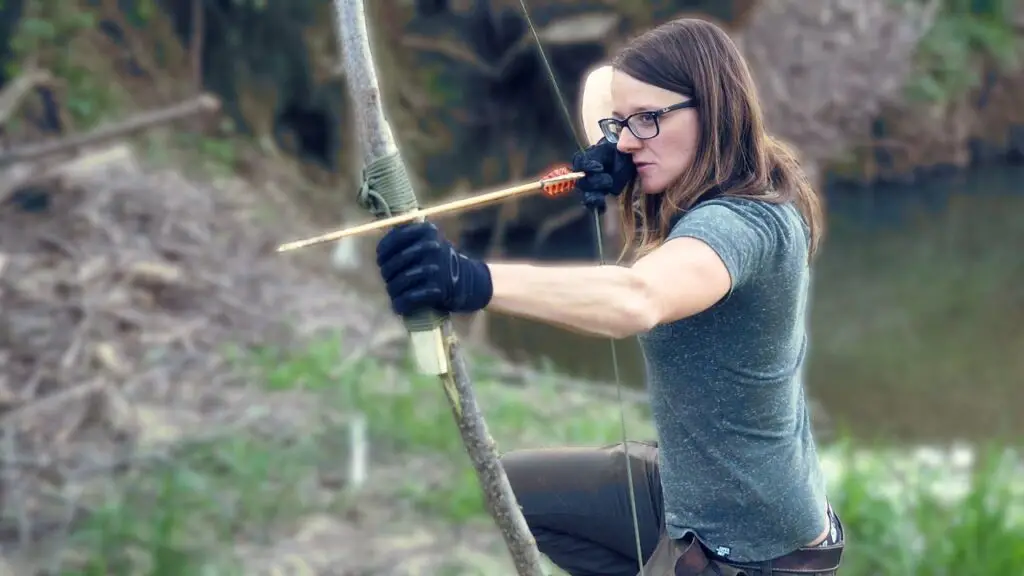
Stringing Your Traditional Bow
Once you have carved your bow to the correct shape and size, you will need to string it to complete the weapon. The bowstring should be made of strong, durable material such as sinew or nylon to withstand the tension of shooting arrows. Stringing your traditional bow properly is crucial to prevent it from breaking under pressure and ensure its longevity in survival situations.
Crafting Your Traditional Arrows
In addition to crafting a traditional bow, you will also need to create arrows that are lightweight, accurate, and powerful. Crafting traditional arrows involves selecting the right materials for the shaft, fletching, and arrowhead to ensure precision and penetration when hunting or defending yourself in the wilderness.
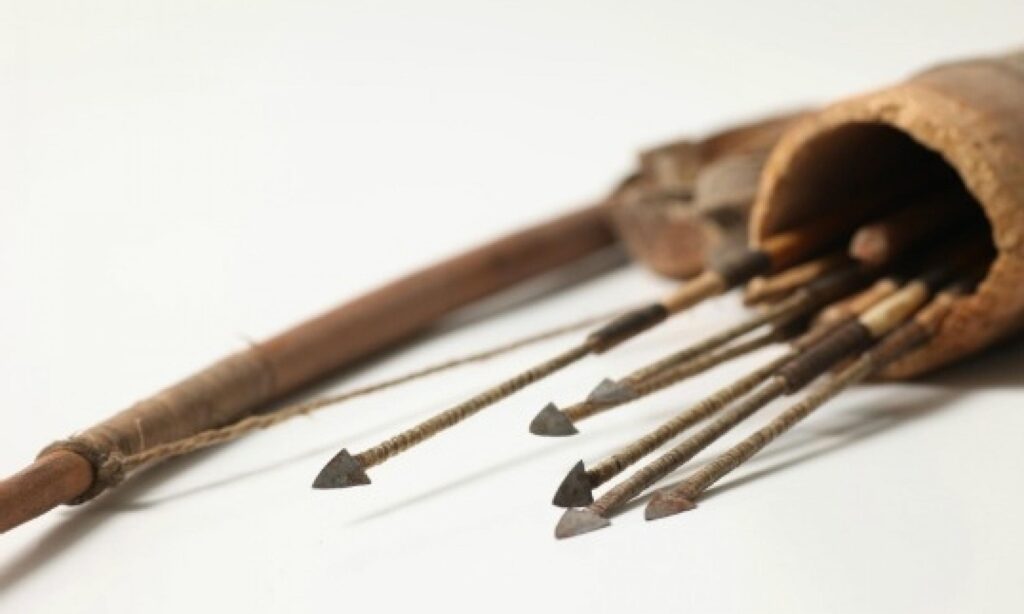
Selecting the Right Materials for Your Arrow Shaft
The shaft of a traditional arrow should be made of lightweight and sturdy materials such as wood, bamboo, or carbon fiber. Wood is a popular choice for traditional arrow shafts due to its availability and ease of crafting. Bamboo and carbon fiber are also excellent options for creating durable and accurate arrows that can fly straight and penetrate targets effectively.
Choosing the Best Fletching for Your Arrows
Fletching plays a crucial role in stabilizing the flight of an arrow and ensuring accuracy when shooting at targets. Traditional fletching is typically made of feathers or plastic vanes attached to the rear of the arrow shaft. Feathers are preferred for traditional arrows due to their natural damping properties, which help improve arrow stability and accuracy during flight.
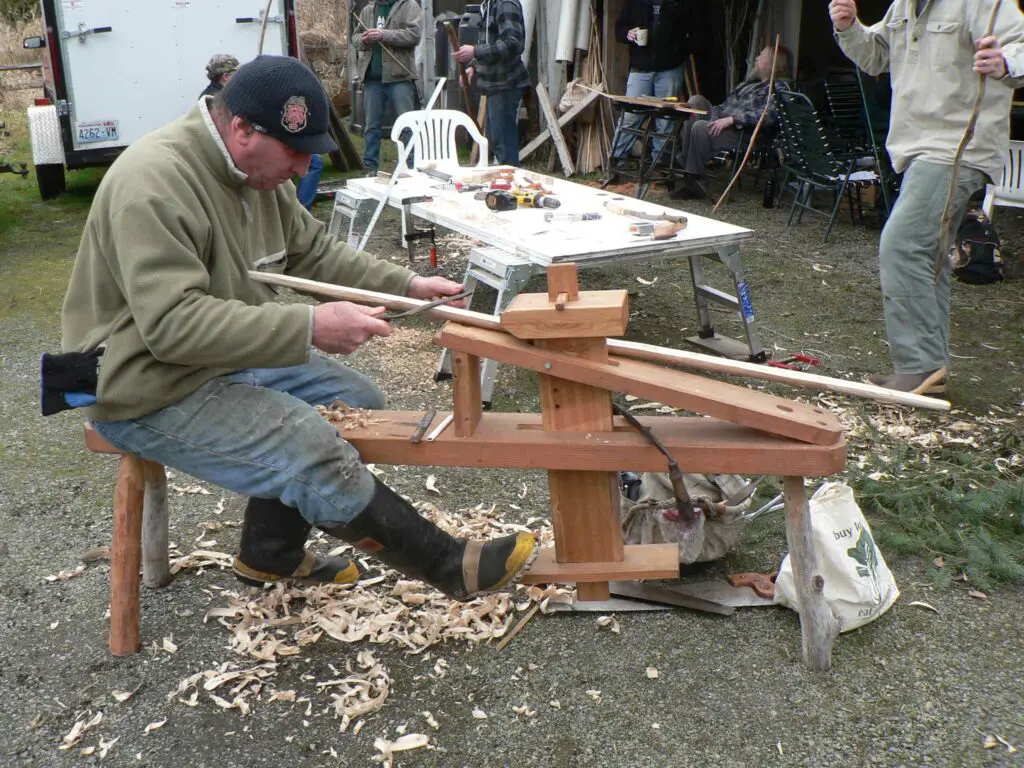
Selecting the Right Arrowhead for Hunting and Defense
The arrowhead is the business end of the arrow, responsible for penetrating targets and delivering a lethal blow. Traditional arrowheads come in various shapes and styles, including broadheads, bodkin points, and field points. Broadheads are ideal for hunting large game, while bodkin points are designed for armor penetration in warfare. Choose the right arrowhead for your intended use to maximize the effectiveness of your traditional arrows.
Shooting Your Traditional Bow and Arrows
Once you have crafted your traditional bow and arrows, it’s time to practice shooting and honing your skills for survival in the wild. Shooting a traditional bow requires focus, technique, and precision to hit your target accurately. With practice and dedication, you can become proficient in using these timeless tools for hunting and self-defense.

Mastering the Art of Traditional Archery
Traditional archery is a skill that combines physical strength, mental focus, and precise aim to shoot arrows with accuracy and power. As you practice shooting your traditional bow, focus on your stance, draw technique, and aiming process to improve your accuracy and consistency. Adjust your shooting form as needed to achieve optimal performance and effectiveness in survival situations.
Hunting for Food with Traditional Bow and Arrows
In a survival scenario, hunting for food is essential to sustain yourself and stay alive in the wild. Traditional bow and arrows offer a quiet and efficient way to hunt for small game such as rabbits, squirrels, and birds. Practice your hunting skills with your traditional bow to improve your accuracy and increase your chances of success in gathering food for survival.
Protecting Yourself with Traditional Archery
In addition to hunting for food, traditional archery can also be used for self-defense and protection in the wilderness. The accuracy and power of a traditional bow and arrows can deter predators and hostile threats, providing you with a means to defend yourself in dangerous situations. Practice shooting your bow under pressure to simulate real-life scenarios and prepare yourself for potential dangers in the wild.
Maintaining Your Traditional Bow and Arrows
To ensure the longevity and effectiveness of your traditional bow and arrows, proper maintenance is essential. Regularly inspect your bow for any signs of damage or wear, such as cracks, splits, or frayed strings. Clean and lubricate your bow periodically to prevent corrosion and maintain its performance. Store your traditional bow and arrows in a cool, dry place to protect them from moisture and sunlight.
Conclusion
Crafting and using traditional bow and arrows for survival can be a rewarding and empowering experience that connects you with ancient skills and knowledge. By following the tips and techniques outlined in this guide, you can learn to create reliable weapons for hunting and self-defense in the wild. Practice shooting your traditional bow regularly to improve your skills and increase your chances of success in survival situations. Remember to always respect the environment and wildlife when using traditional archery for hunting and protection. Happy hunting and stay safe in the great outdoors!
